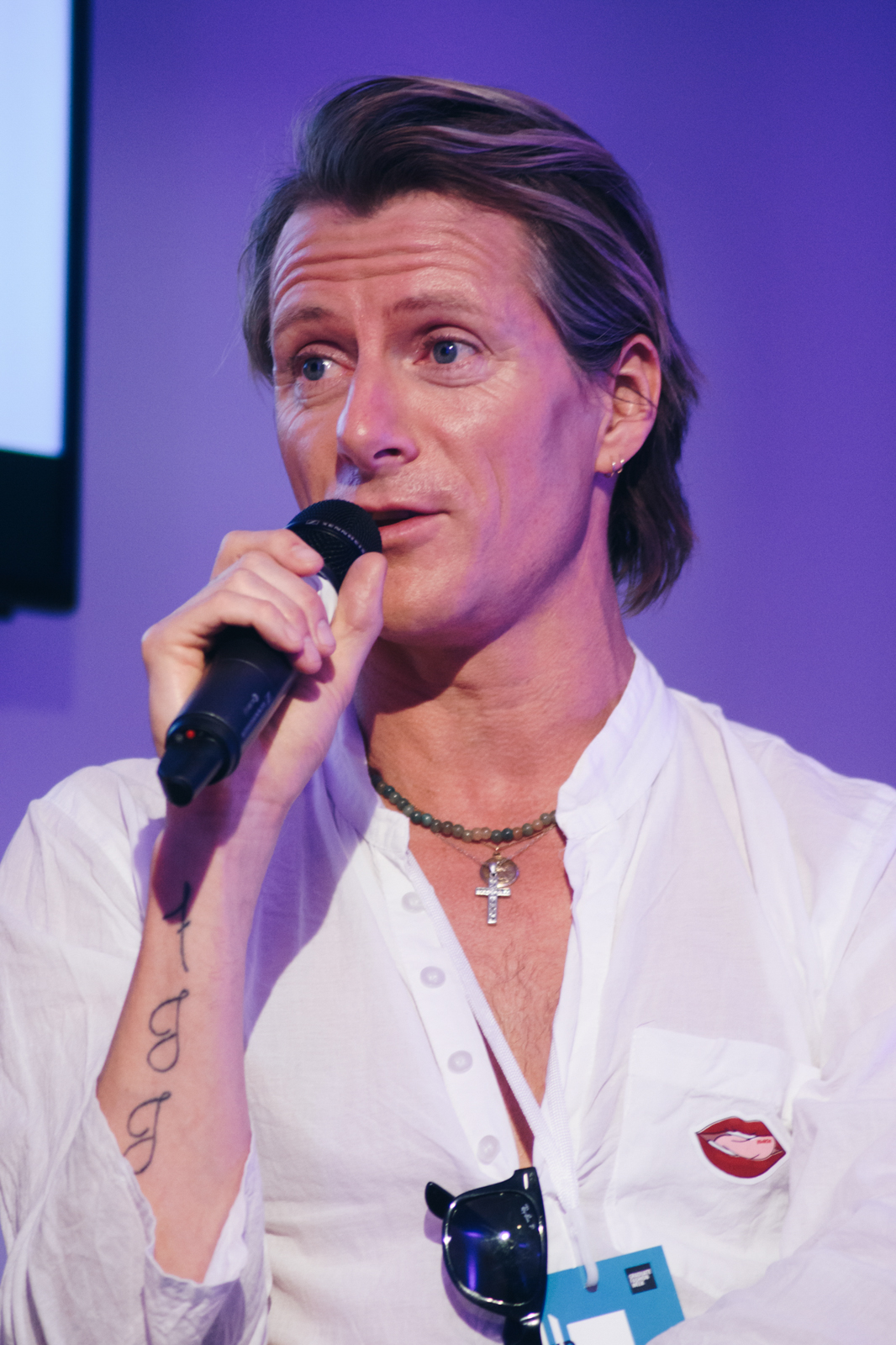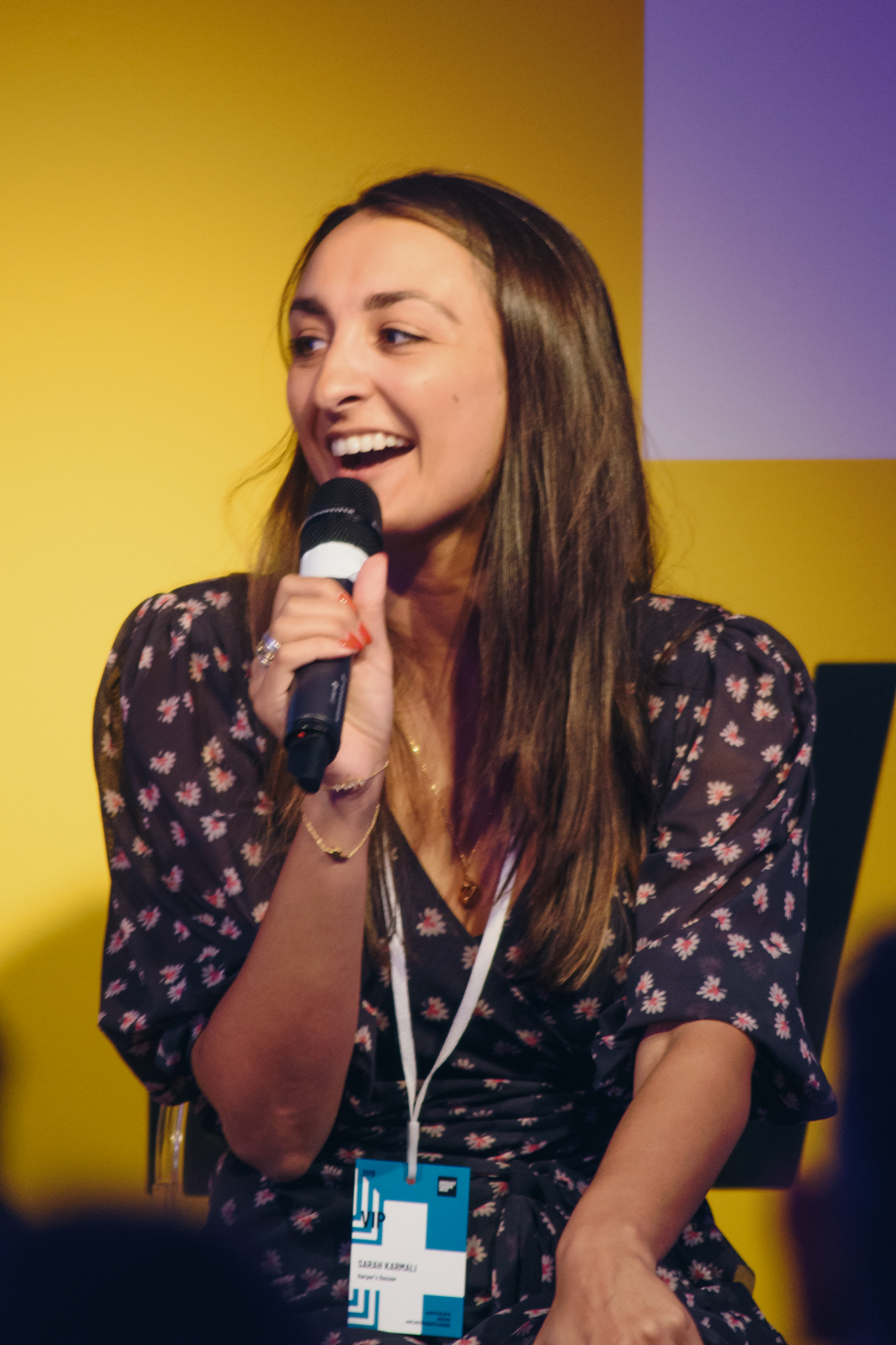Print or digital? the never-ending question. One is fast-paced, one is more collectable. One is sustainable, one preserves the beauty of luxurious fashion. What is the future of magazines?
Today, Editor-in-Chief of Who What Wear, Hannah Almassi joins us in an in-depth discussion about the future of fashion media with freelance journalist, Emma Firth, Editor-in-Chief of Harper’s Bazaar, Sarah Karmali and Digital Film Director and Founder of Bespoke Banter, Scott Wimsett.
Advising those who are trying to get experience in both types of writing, Emma suggests trying multiple writing styles and experimenting with several types of content.
“Don’t limit your options, only choose one of the two once you have seen enough of the two to make an informed decision. It’s good to at least give yourself the option to choose your voice”.
Speaking about the possible threats to both a career in print and in digital magazines, Sarah suggests that “those who want to start with print need to realise they’ll be facing a much bigger competition: there is limited space in print, when there is infinite possibilities for those who want to develop their career in digital magazines, but again, that’s quite scary for those who manage the online title, because it means that you’ll constantly be looking for content to fill a never ending space!”
On this same subject, Hannah and Scott suggest that whilst a career in digital can give many more possibilities “it also entails that you will constantly be aware of the role of algorithms, so, in a way, you’ll have a lot of work to do that is not going to be strictly creative”.
Commenting on other possible doors that digital journalism can open, Scott reminds us that video content has become more and more influential over the years, but we should always “ be mindful of the casting, you’ll want someone who can actually learn the script and who works well for your target market”.
Following up on the choice of different platforms, Emma shares her previous experience at Hunger Magazine and talks about how platforms such as Instagram and YouTube are (luckily) starting to show more honest content, such as the recently started series of videos from Alexa Chung on YouTube.
“Compared to Twitter, which is much quicker, YouTube and Instagram allow you to take a longer look and have, as a viewer, your own private time on the platform”, says Scott, adding that “ there will absolutely be printed magazines in the future, every type of publication has its own relevance, but we also need to remember that mental health is a priority, and that social media is only good as long as it does no damage”.
With a final take on the subject, Sarah Karmali speaks directly to young people when she says: “make sure that you are not constantly distracted, switch-off the screen! And finally, be more mindful of who and what you follow, there is always going to be a lot of content but you have the power to choose who you support and help the ones who really deserve to grow!”
Written by Sara Liberati
Photography by Deborah Iona





